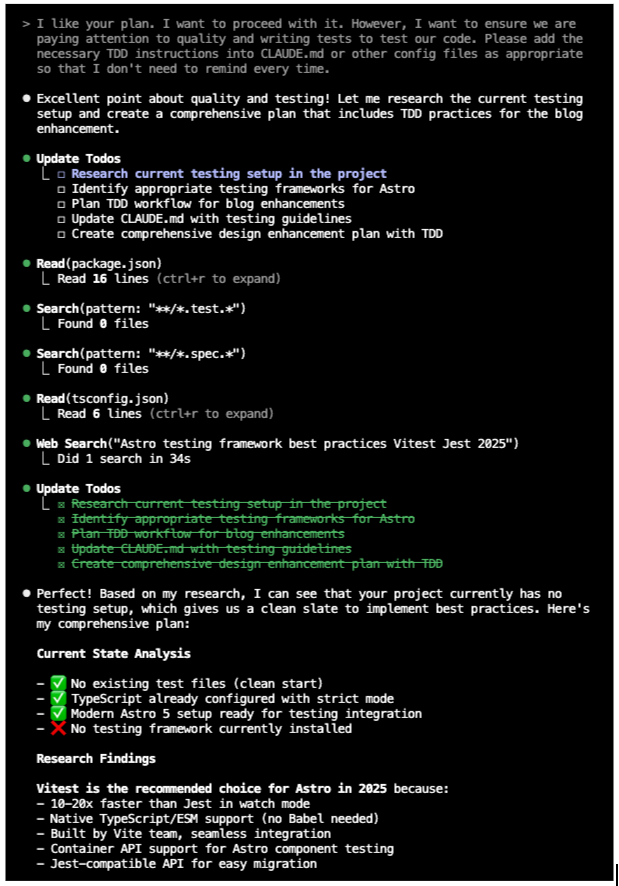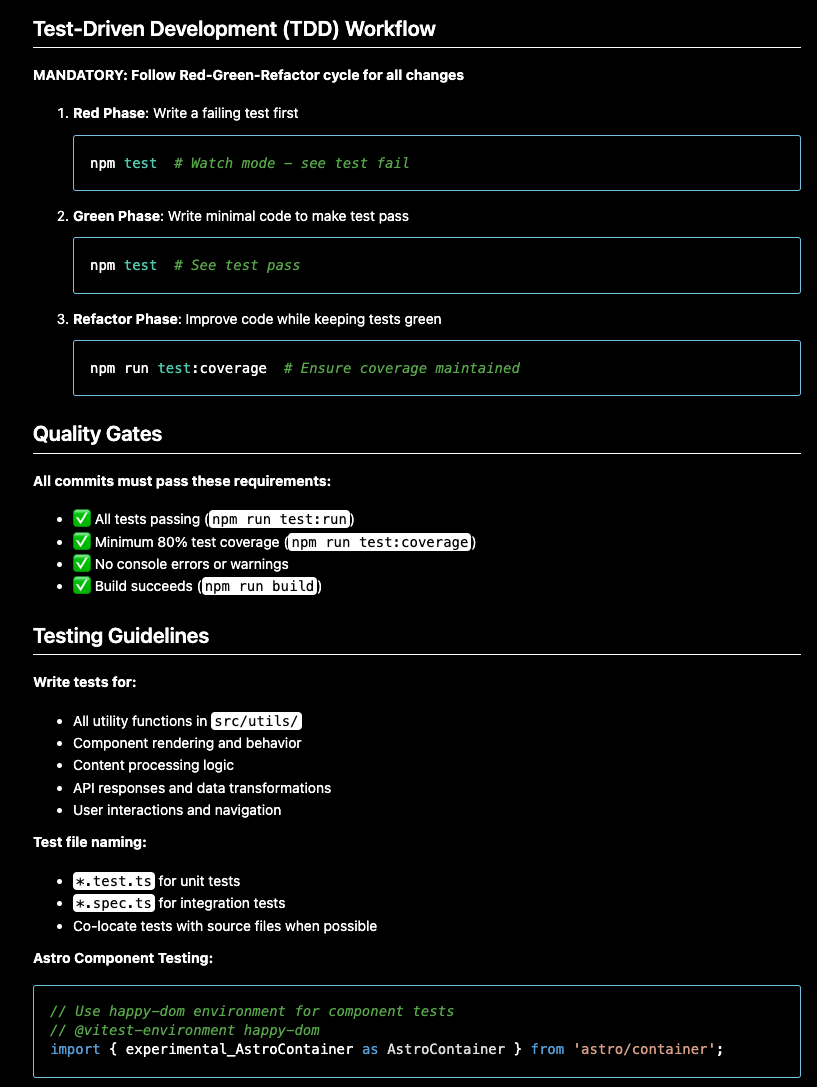This is Part 2 of a two-part series on OKRs inspired by John Doerr’s book Measuring What Matters. You can read Part 1 here: Why OKRs Matter.
OKRs are simple to understand, but deceptively hard to get right. Many teams write OKRs once, post them in a slide deck, and never look back. Others confuse them with KPIs or use them as a laundry list of tasks. The result is disappointment: OKRs become busywork rather than a framework for focus.
The good news is that with a few practical habits, OKRs can become a powerful engine for alignment and progress.
1. Write Strong Objectives
A good objective should be qualitative and inspiring, not vague or technical. It should describe a meaningful direction: “Delight customers with faster onboarding” is better than “Improve onboarding UI.”
If your team can’t rally behind the objective, you may need to rethink it. As Google’s OKR examples show, objectives should give teams purpose, not just describe work.
2. Make Key Results Measurable
The power of OKRs lies in the key results. They must be specific and quantifiable. Instead of saying, “Improve performance,” write, “Reduce page load time from 3 seconds to 1 second.”
A simple test: if someone outside the team reads the KR, can they clearly tell if it has been achieved? If not, refine it.
3. Balance Top-Down and Bottom-Up
OKRs shouldn’t only cascade from leadership. The best practice is a mix of top-down and bottom-up: leadership sets strategic priorities, while teams propose OKRs that align to them. This balance ensures both direction and ownership.
As the Google re:Work guide notes, effective OKRs connect strategy to execution without stifling creativity.
4. Don’t Tie OKRs to Compensation
One of the most common mistakes is linking OKRs directly to bonuses or performance reviews. This undermines ambition. Teams will sandbag their goals to guarantee a payout instead of aiming for stretch outcomes.
OKRs should be about learning and stretching, not personal reward. Keep performance management and OKRs as separate systems.
5. Revisit, Don’t Shelf
OKRs are living tools, not set-and-forget artifacts. The rhythm matters:
- Review progress weekly or biweekly.
- Score OKRs at the end of the cycle.
- Reflect on what worked, what didn’t, and what should change.
The discipline of revisiting OKRs regularly is what makes them effective.
Takeaway for Product Leaders
This week, pick one team OKR and stress-test it. Is the objective inspiring? Are the key results measurable? Does it connect to strategy? If not, refine it before moving forward.
OKRs only work if they’re written clearly, measured honestly, and revisited consistently. Done right, they align teams, drive accountability, and stretch ambition.
Do you want me to propose a short linking line at the top or bottom of each post (e.g., “This post is part of a two-part series on OKRs”), or should they remain completely independent?
This post is inspired by John Doerr’s Measuring What Matters, which shares how OKRs transformed organizations from Intel to Google.

